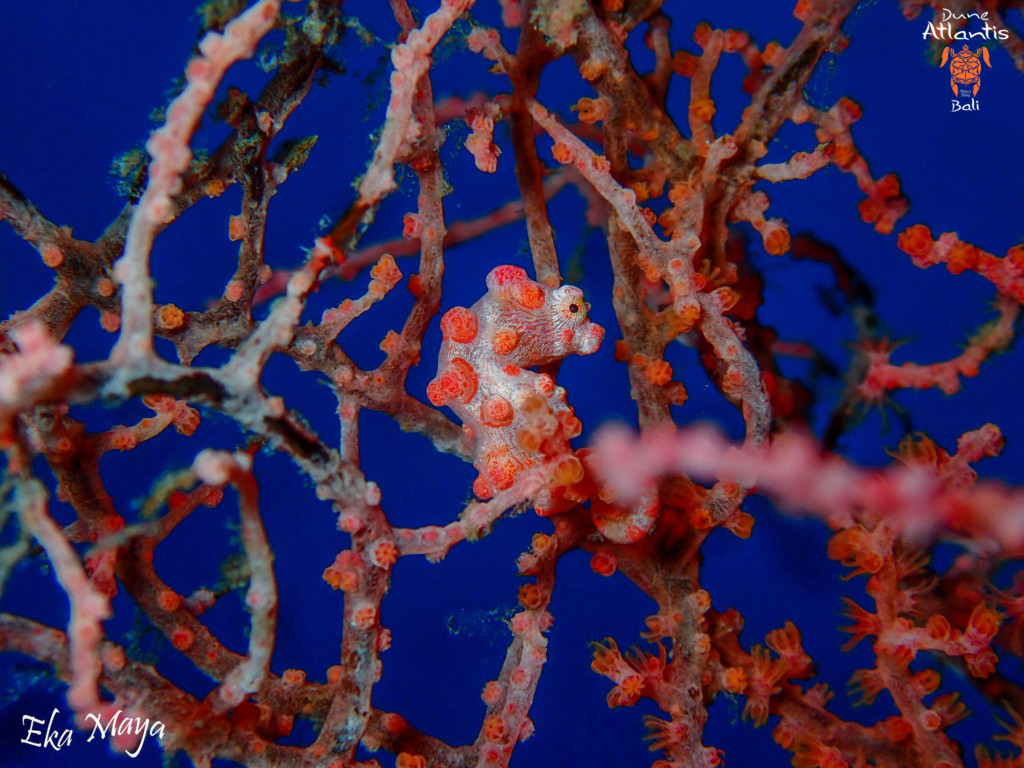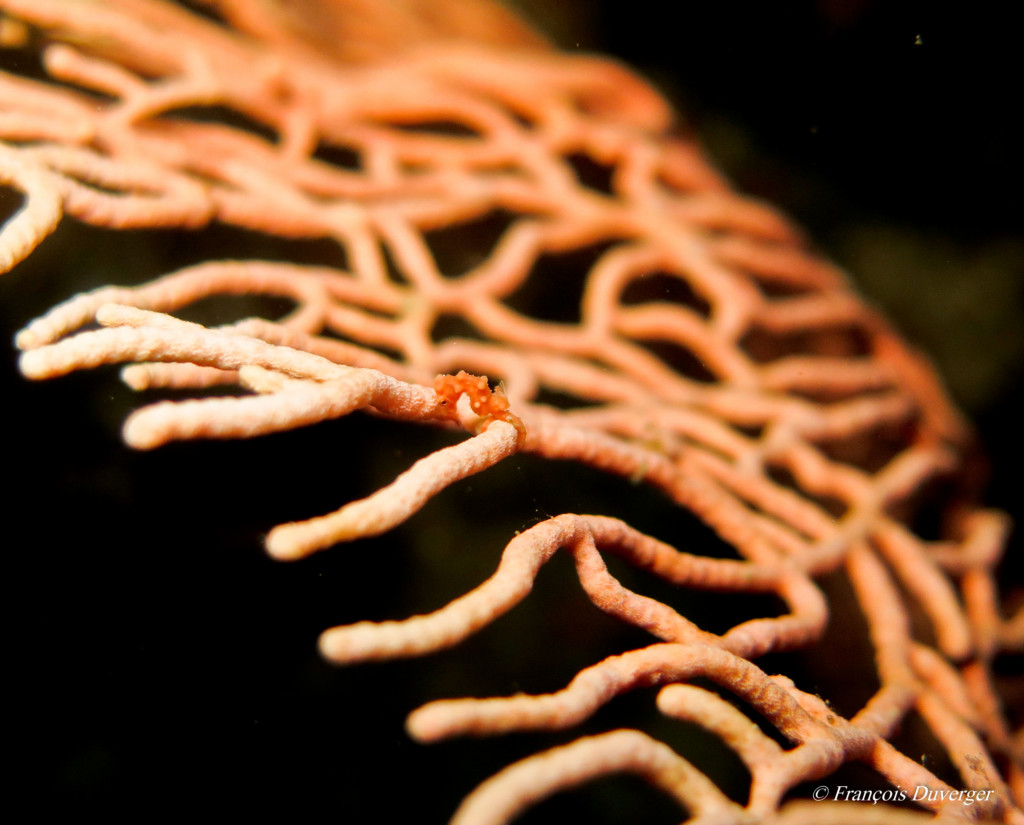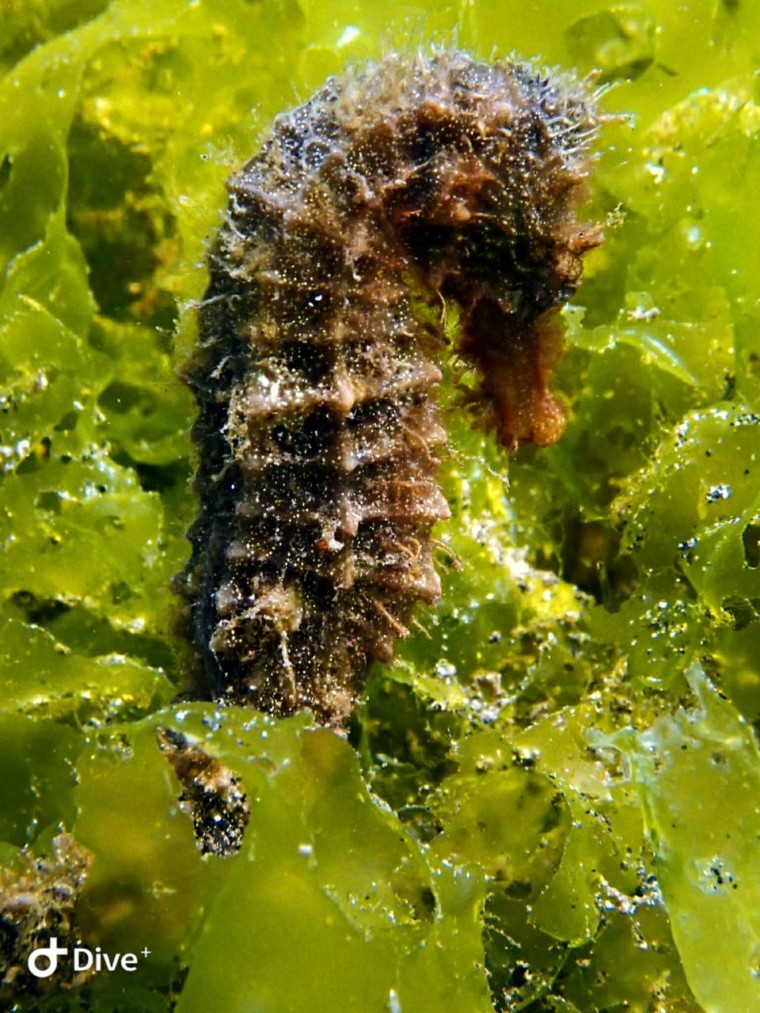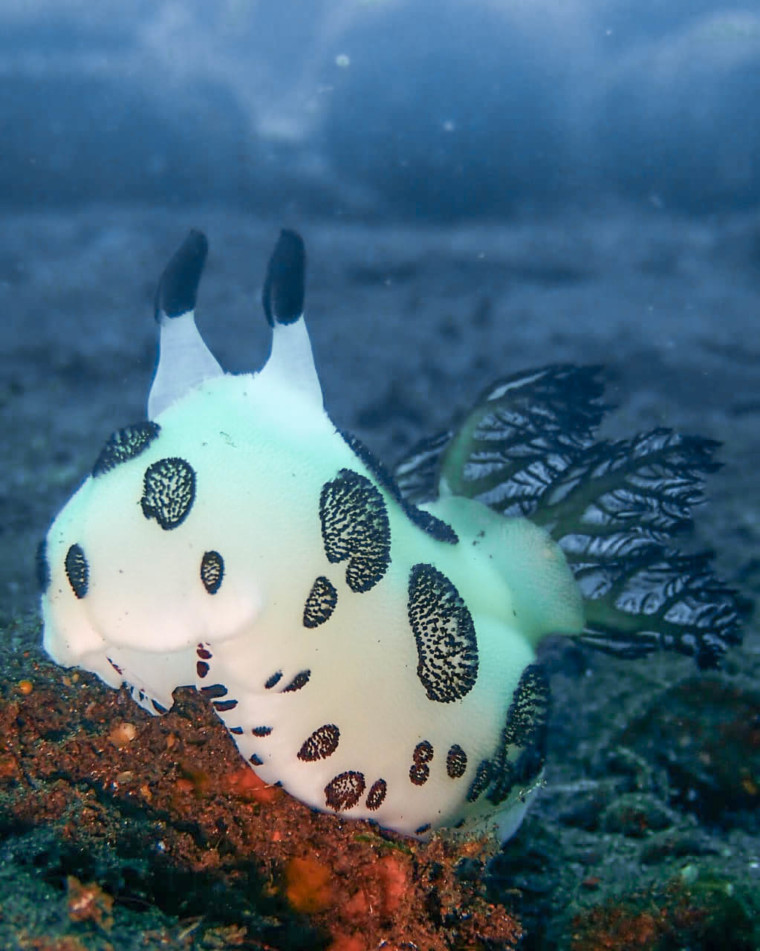There are sea creatures, with size no bigger than your pinky, that invite a whole world worth of divers to one specific dive site either to see them with their own eyes or to photograph them. These divers who are keen to see tiny sea critters are known as macro divers.
What is Macro
‘Macro’ means large in scale and is a term that is used in relation to tiny creatures because photographers use macro lenses to allow them to take big, close-up pictures of the minuscule. Keen macro divers are less interested in big oceanic creatures like sharks or rays but rather they are much more in awe when they encounter minute mysterious critters, some even travel across the globe to a specific exclusive macro dive site. Photography with a macro lens can be done in a variety of different environments since there are always small things to be discovered, whether on the reef, on an encrusted wreck, or around the silty underside of a pier, or a black sand bay.


Habitats
Naturally formed shallow waters with protection from larger predators, strong swells and currents are the perfect habitat for macro critters. Many of the macro habitats have specific and often unique characteristics that cause natural selection and the survival of the fittest. The characteristics of the habitat also contributes to the uniqueness of the critters, they influence the creatures’ pattern, body shape, diet, behavior, and attack pattern. There are a number of different environments where these conditions can be said to exist:
Shallow sandy reefs:
Describes an area with shallow reefs of mixed health and the visibility is normally quite limited. In these shallows there are much fewer large predators than can be found so expect more juvenile critters to inhabit this place. Mabul Island and Kapalai in Malaysia are the best-known dive site for this environment.
Seagrass beds and mangrove forests:
A favorite for seahorses who will often attach to a stalk of seagrass with their tails. Areas of mangrove forests also often have silty seabed and are another rich hunting ground for juvenile reef fish and other smaller oddities. A well-known dive site that fits this environment criteria is the mangrove forest at Ceningan Island in Bali.
Underneath jetties or other structures:
Jetties by nature are built on shallower water, far from predators, and usually brimming with objects like cans, bottles, and such provide the perfect shelter for various macro critters. Rhinopias, blue ring octopus, and pipefish are to name a few critters you can find at Padangbai Jetty dive site in Bali.
Black sand / silty conditions:
The specialist domain of muck diving is in places which have this kind of substrate, and it’s where you are likely to spot even more bizarre creatures, such as frogfish, mimic octopus, seahorses, etc, and often in greater numbers. The most famous dive site with such environment is Lembeh Strait in Sulawesi Island, Indonesia although Secret Bay at Gilimanuk in Bali is also rising in popularity for muck diving.


Tips on Macro Photography
The trick to photographing macro critters is to get close to the subject rather than zooming in using the camera. Using macro and fisheye lenses combined with good strong lights are the essentials. There are a lot of factors in taking a perfect macro shoot, most are intuition based that develop with experience. Some factors to consider when taking macro shots are:
- The subject: What critter to photograph
- The moment to shoot: When is the best moment? When the creature moves or stood still
- Presentation: The composition, strobe position, background, focus, exposure, depth of field, the basics of photography.
Do remember some of these macro critters are poisonous, a reef tickle stick and gloves might come in handy to avoid contact. Changing to nitrox tank might also be useful as macro diving benefits from the extended bottom time.
Macro diving is a good alternative variation after dives with huge creatures and also a good intro to more artistic underwater photography. It requires no further certification and can be enjoyed by beginner or professional divers!






